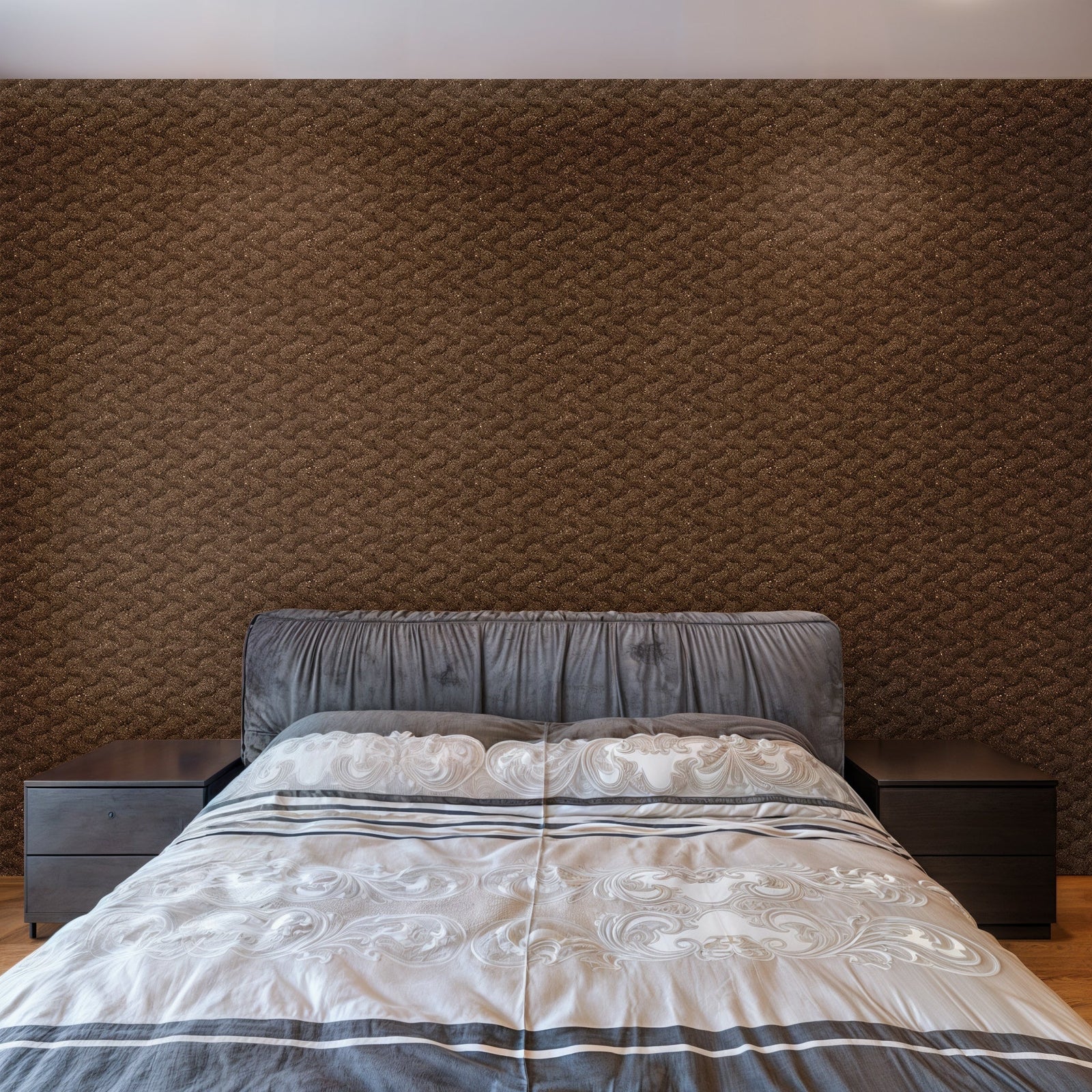Elevate the ambiance of your living space, be it your bedroom, office, classroom, or remote work sanctuary, by harnessing the transformative power of cork acoustic panels. Enhancing productivity becomes more attainable and affordable than you might expect. Discover the efficiency of cork wall panels, providing a simple and cost-effective solution to shape a serene oasis within your surroundings.
What Is the Science Behind Sound Dampening and Reducing Noise?
Creating a serene atmosphere involves understanding the science behind sound dampening and noise reduction. Unwanted noise can be a significant disruptor, affecting concentration, relaxation, and overall well-being. Cork wall panels offer a scientifically-backed solution to address these acoustic challenges.
1. Sound Absorption Properties: Cork is inherently absorbent due to its unique cellular structure. The countless air-filled cells in cork act as natural sound absorbers, capturing and dampening sound waves. This property makes cork an excellent material for creating quieter and more comfortable environments.
2. Density Matters: The density of cork plays a crucial role in its sound-dampening effectiveness. Higher density cork panels are more efficient at absorbing sound, as they offer increased mass to impede the transmission of sound waves. This characteristic allows cork wall panels to serve as a practical barrier against unwanted noise.
3. Versatility in Application: Cork's versatility extends beyond its acoustic properties. It can be seamlessly integrated into various spaces and designs, ensuring both functionality and aesthetics. Whether applied as full wall panels or strategically placed acoustic tiles, cork adapts to diverse environments, offering a customizable solution for every setting.
4. Environmental Harmony: Beyond its practical benefits, cork aligns with eco-friendly principles. Sourced from the bark of cork oak trees, the harvesting process does not harm the trees, allowing them to regenerate and contribute to a sustainable ecosystem. Choosing cork as your sound-dampening solution not only enhances your living space but also reflects a commitment to environmental well-being.
5. Temperature and Humidity Control: Cork's thermal and insulating properties contribute to a comfortable indoor environment. By retaining heat, cork panels can assist in regulating room temperature, adding an extra layer of functional appeal to their acoustic benefits.
In essence, the science behind sound dampening with cork wall panels lies in the intricate combination of cork's absorbent structure, density, adaptability, environmental sustainability, and additional thermal properties.
The Difference Between Sound Dampening and Soundproofing
When it comes to creating an acoustically pleasing environment, understanding the distinction between sound dampening and soundproofing is crucial. While these terms are often used interchangeably, they address different aspects of managing sound within a space.
1. Sound Dampening: Sound dampening involves reducing the intensity or resonance of sound within a room. This process aims to minimize echoes and reverberations, creating a more balanced acoustic environment. Cork wall panels excel in sound dampening by absorbing sound waves, preventing them from bouncing off surfaces and causing unwanted noise.
2. Soundproofing: Soundproofing, on the other hand, focuses on preventing the transmission of sound between spaces. It aims to create a barrier that stops sound from entering or leaving a room. While cork panels offer some level of soundproofing due to their density and absorbent properties, their primary strength lies in sound dampening.
3. Complementary Solutions: In practice, a combination of sound dampening and soundproofing measures is often employed to achieve optimal acoustic results. Cork wall panels, with their versatile applications, contribute significantly to sound dampening within a room, creating a more pleasant auditory experience. For enhanced soundproofing, additional measures like weather stripping, heavy curtains, or double-glazed windows may be considered.
4. Practical Applications: Sound dampening is particularly relevant in spaces where clarity of speech, focus, or relaxation is essential, such as offices, classrooms, and living areas. Soundproofing, on the other hand, is critical in settings where privacy is paramount, like bedrooms or home offices.
Understanding the difference between sound dampening and soundproofing allows you to tailor your approach to the specific acoustic needs of your space. Whether you're seeking a more serene work environment or aiming to create a private retreat within your home, incorporating cork wall panels can be a versatile and effective step toward achieving your acoustic goals.
How Natural Cork Wall Panels Can Improve Sound Dampening in Your Space
Natural cork's versatility allows for tailored acoustic solutions. Whether applied as full wall panels or strategically placed tiles, cork adapts to the unique characteristics of different spaces. This flexibility ensures that you can address specific areas requiring increased sound dampening without compromising on style.
Beyond functionality, cork wall panels seamlessly integrate into various design schemes. Embrace the aesthetic appeal of cork's natural texture and warm tones while simultaneously enjoying the practical benefits of improved acoustics. Transform your space into a haven of both visual and auditory comfort.
In conclusion, natural cork wall panels stand as an exceptional solution for those seeking to elevate their living or working environment through improved sound dampening. The inherent properties of cork, coupled with its adaptability and aesthetic charm, make it a versatile choice for creating spaces that not only look inviting but also sound tranquil.
As you embark on the journey of crafting an acoustic haven, consider the transformative power of natural cork. Whether you're redesigning a home office for enhanced focus or creating a serene bedroom retreat, cork wall panels offer a harmonious blend of functionality, style, and sustainability.

